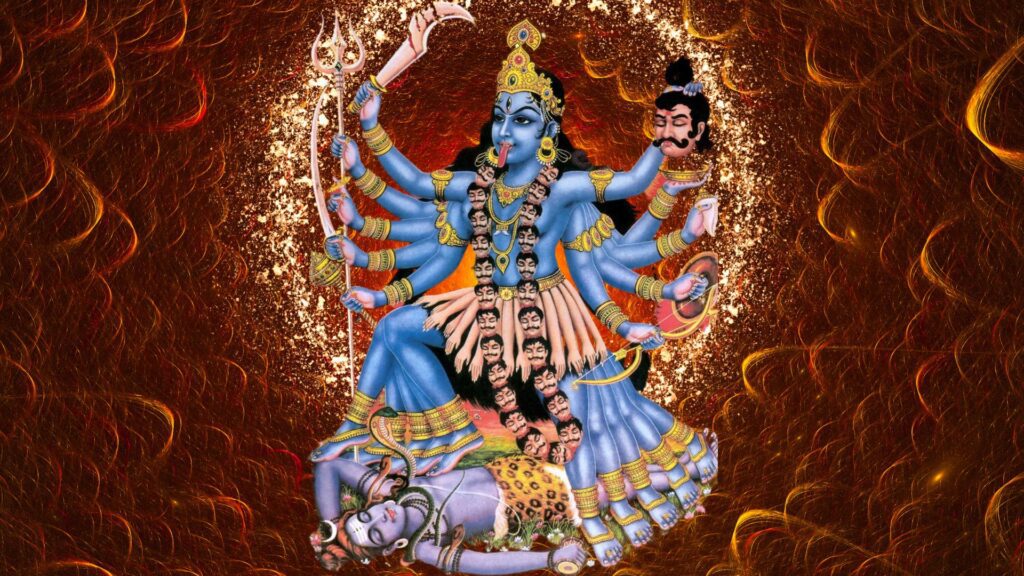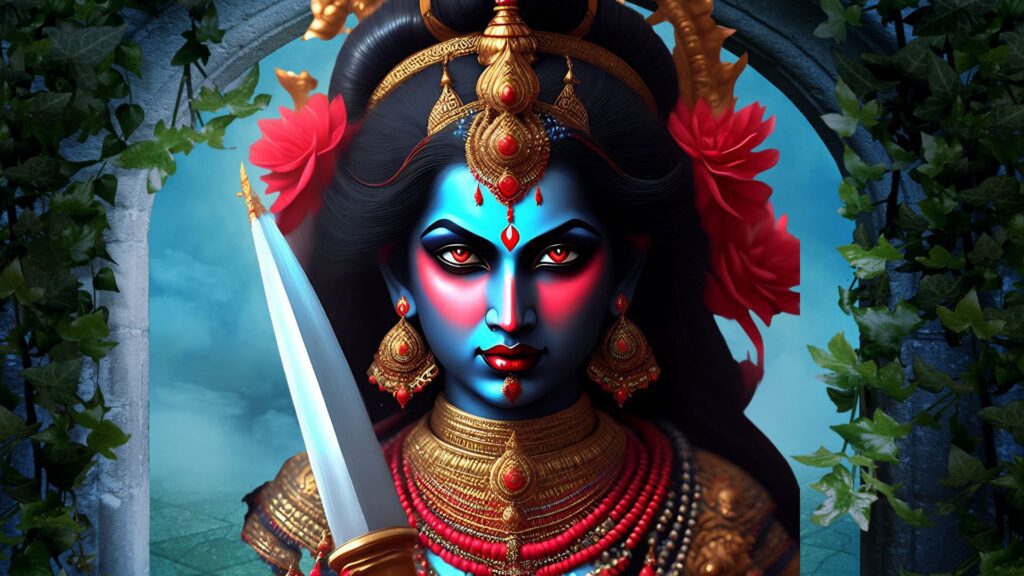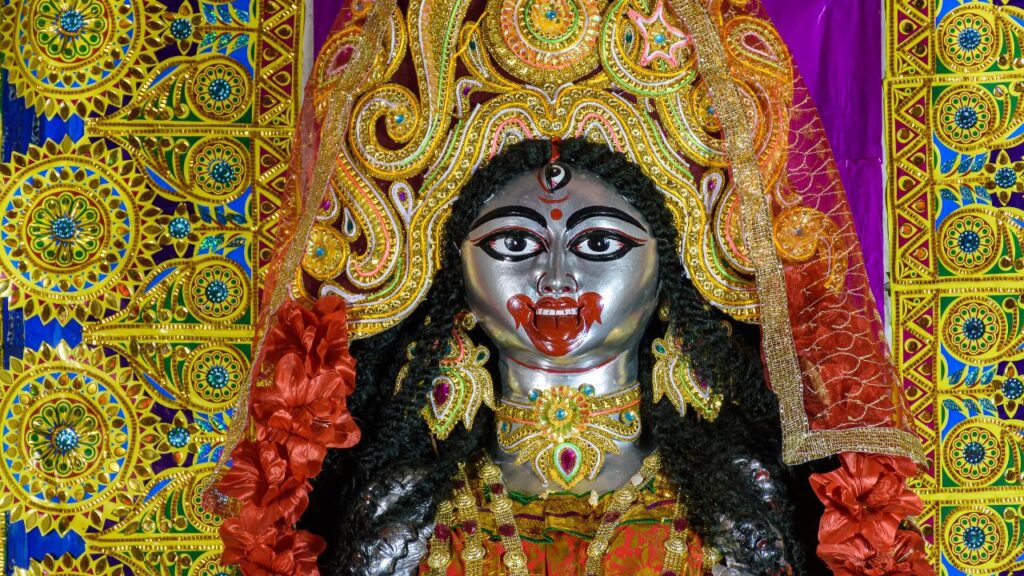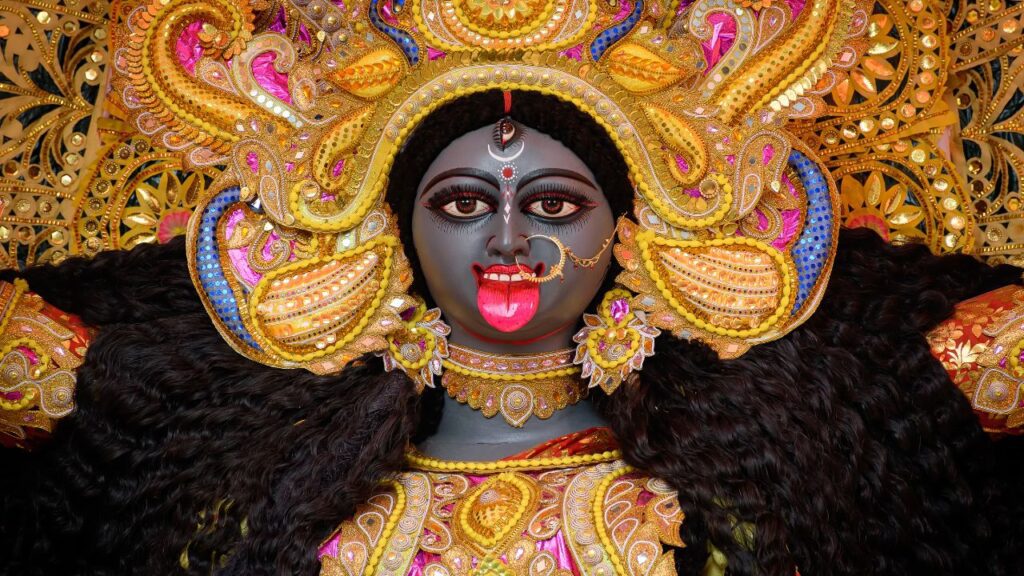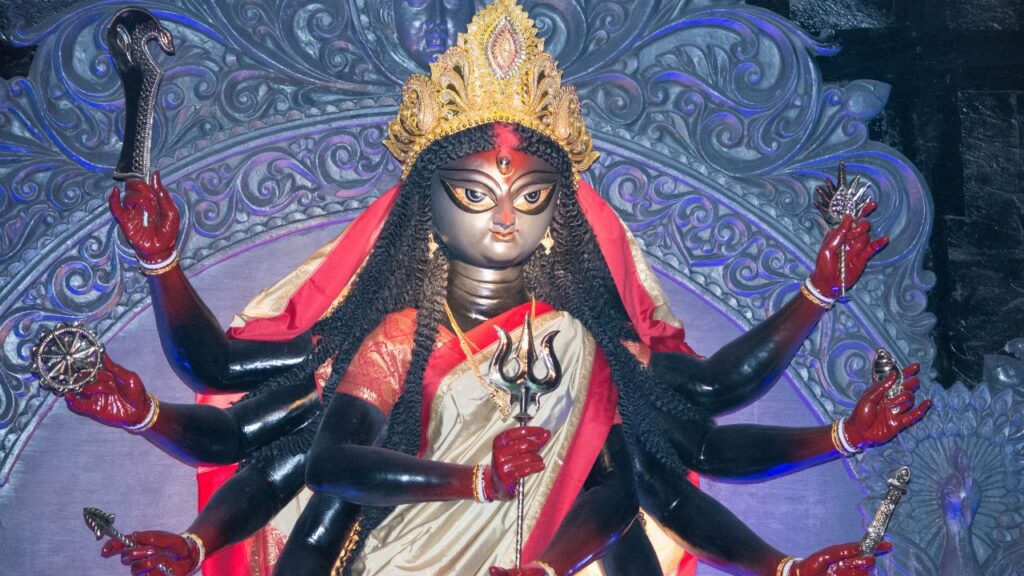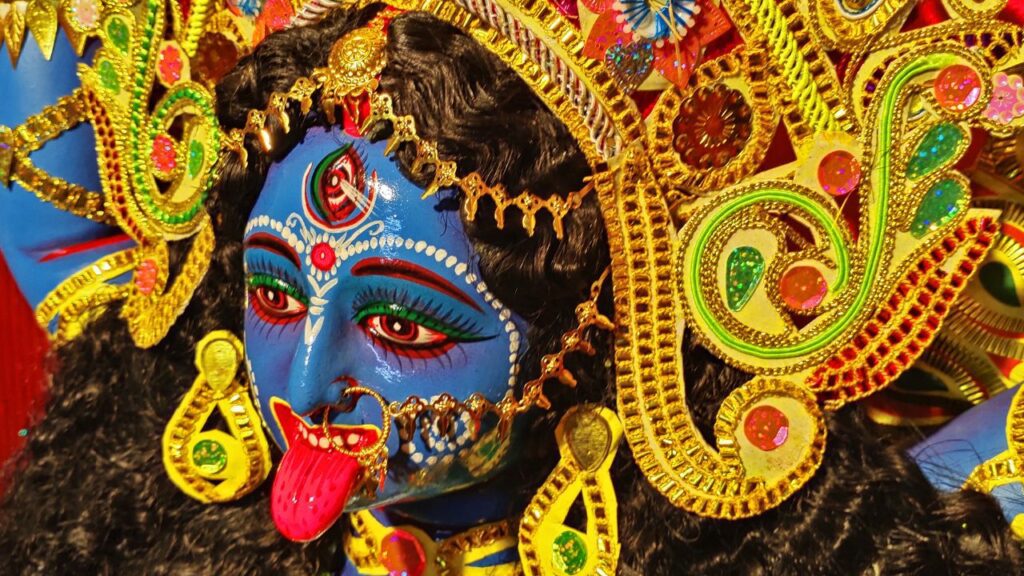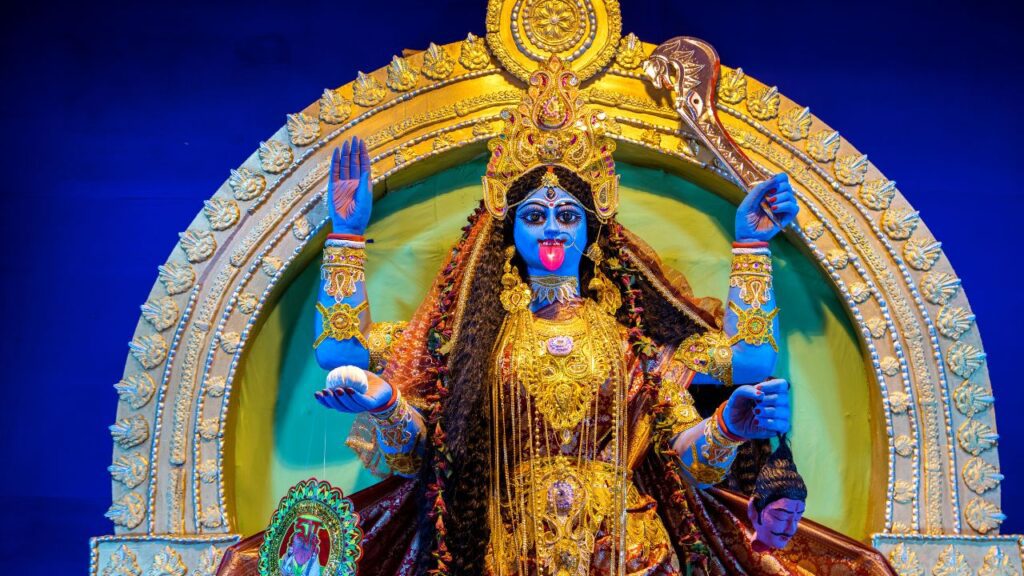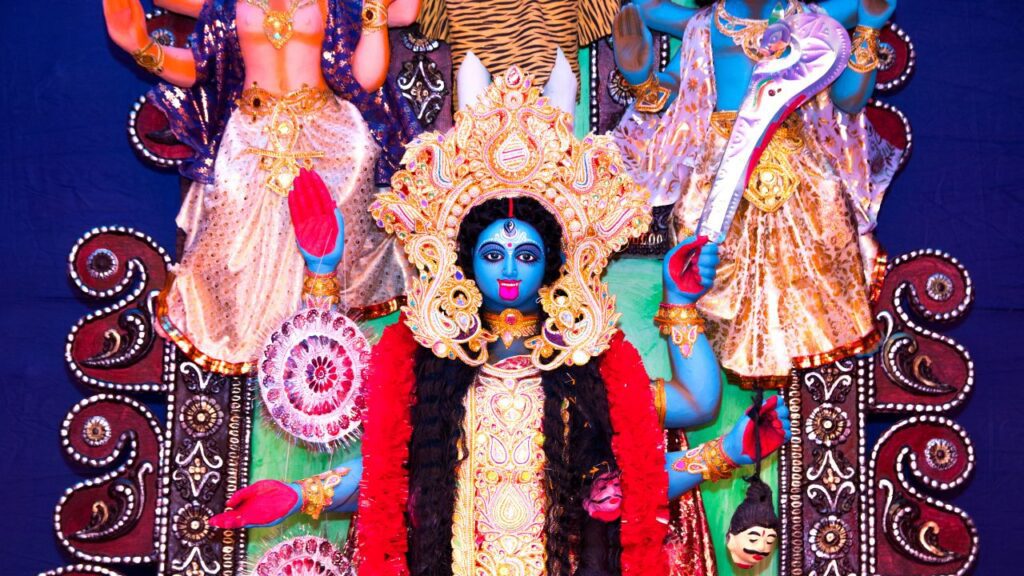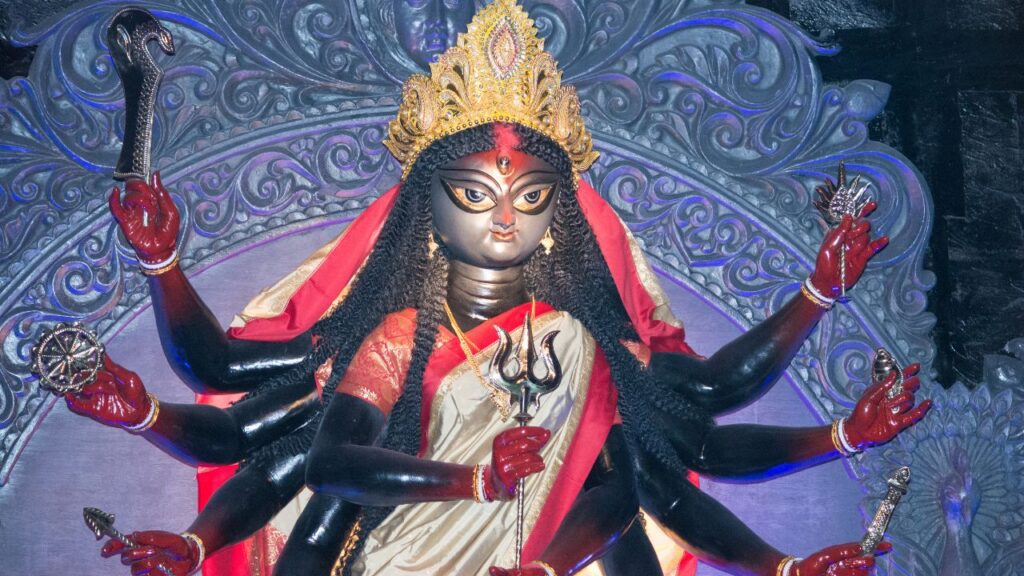Worship of Goddess Maa Kali on Kali Chaudas: Legends & Traditional Rituals
Kali Chaudas, also known as “Narak Chaturdashi,” is a Hindu festival observed on the fifteenth day of the dark fortnight (Krishna Paksha) during the month of Kartik, usually in October or November. As it is observed as a festival commemorating the triumph of light over darkness and the veneration of Goddess Kali, this day is significant throughout India.
The appellation “Kali Chaudas” is composed of two discrete elements: “Kali,” which represents the celestial Kali, and “Chaudas,” which signifies the fourteenth day. The subsequent components are fundamental to Kali Chaudas:
Worship of Goddess Kali:
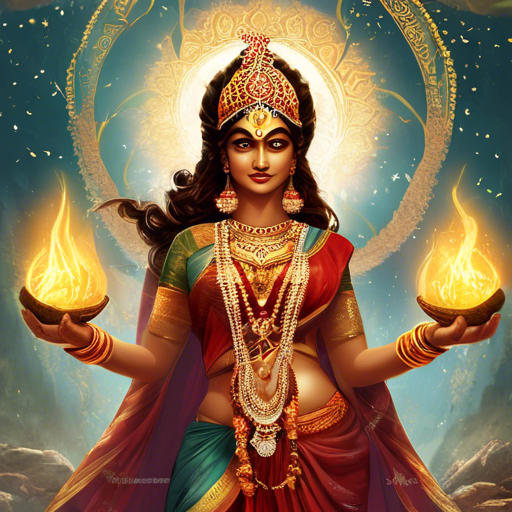
The central emphasis of Kali Chaudas revolves around the veneration of Goddess Kali, who is considered to be the formidable incarnation of the feminine divine. In order to invoke the protection of Kali from malevolent forces and negative energies, devoted individuals visit her temples, perform rituals, and offer petitions. It is believed that by invoking the deity Kali on this day, one can more effectively conquer feelings of anxiety and darkness.
Sacred mantras are chanted throughout the puja (deviced worship) in order to purify the goddess Kali. One of the mantras that is frequently recited is “Kali Maa Chalisa.” Furthermore, adherents are granted the opportunity to recite either the “Kali Kavach” or the “Kali Sahasranama.”
It is customary to shatter bitter neem leaves on Kali Chaudas as a protective measure against malevolent influences and illnesses.
Presently, doing good deeds for those less fortunate is considered a noble endeavor. A considerable proportion of devout individuals choose to participate in philanthropic endeavors as an essential element of their observance.
Devotees engage in contemplation and devotion during Kali Chaudas, establishing a connection with the ferocious and protective aspect of the sacred feminine. Practicing devotion to Goddess Kali entails seeking her bounties, which encompass protection, fortification, and the eradication of apprehension and pessimism.
Narakasura Vadha:
Kali Chaudas is further associated with the folklore that recounts the victorious Lord Krishna over the malevolent Narakasura. As per the Bhagavata Purana, Lord Krishna successfully rescued the captive women from Narakasura. The commemoration of this victory on Kali Chaudas represents the preeminence of righteousness in opposition to malevolence.
The proverbial occurrence referred to as “Narakasura Vadha” portrays Lord Krishna’s victory over the malevolent being Narakasura. In commemoration of this anecdote, Narak Chaturdashi is observed on the fourteenth day of the gloomy fortnight (Krishna Paksha) during the Hindu month of Kartik. This day is alternatively referred to as Choti Diwali and is observed two days before the main Diwali season.
The Legend of Narakasura Vadha:
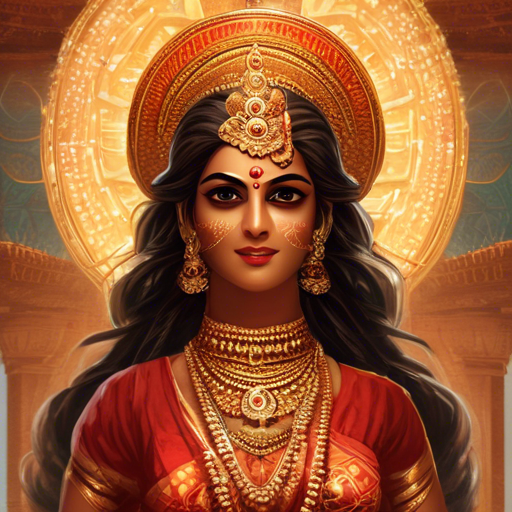
Narakasura, a formidable being, was created as a result of the union between Bhumi Devi and Mother Earth. A multitude of favors conferred by Lord Brahma upon him rendered him virtually impregnable. Two of these blessings were that he would meet his demise at the hands of Lord Krishna (Vishnu) and that his mother would be the sole individual capable of causing his demise.
Due to his invincibility, Narakasura exhibited arrogance and vengeance. Thousands of women were held captive in Pragjyotishapura, where he established his stronghold, as he initiated his global terror. The gods and the populace were distressed by his deeds, which prompted them to beseech Lord Krishna for aid.
As soon as Lord Krishna became aware of Narakasura’s persecution, he resolved to confront the evil being and end his reign of terror. Satyabhama, his spouse and a manifestation of the deity Earth, was in his presence. With her aid, Lord Krishna entered the city of Pragjyotishapura.
A fierce confrontation ensued between Lord Krishna and Narakasura. Ultimately, in defiance of the demon’s formidable strength, Lord Krishna emerged triumphant, thus paying homage to the blessings conferred by Lord Brahma. Narakasura endured a critical injury and confronted the consequences of his actions. In his final moments, he fervently prayed to Lord Krishna for absolution and the liberation of the captured women.
As an act of benevolence, Lord Krishna not only released the enslaved women but also yielded to Narakasura’s entreaty for pardon. The women who were rescued were reinstated to their previous social standings, whereas Narakasura was freed from his malevolent nature subsequent to pleading for absolution.
Lord Krishna visited his community in commemoration of the liberation of the subjugated females and the victory of righteousness over malevolence; the gathering erupted in jubilation and festivity. On this day, Choti Diwali, which is also known as Narak Chaturdashi, was commemorated with festivities, lamp worship, and the discharge of pyrotechnics.
Traditional Rituals:
In order to ward off malevolence and welcome prosperity, devotees ceremoniously light oil lanterns (diyas), spruce up their dwellings, and embellish the entranceway with vivid rangoli patterns. Additionally, certain individuals engage in a ritual oil bath, which symbolizes the purification of the body and mind.
Neem Leaf Ritual: During the Kali Chaudas, the practice of dicing astringent neem leaves is prevalent. Neem leaves are symbolic of the eradication of detrimental and malevolent forces from an individual’s existence. Conversely, some individuals employ a neem leaf substance topically instead of ingesting the leaves.
Celebration of Light: Kali Chaudas, akin to the festival of lights Diwali, involves the ceremonial application of lamps and candles to illuminate the environs. The purpose of this observance is to honor the victory of enlightenment and illumination over ignorance and malevolence.
Protection and Warding Off Evil: Devout individuals assert that the act of observing Kali Chaudas and offering reverence to Goddess Kali confers safeguarding against malevolent intentions, black magic, and the malevolent eye. Fear and negativity are considered favorable circumstances for their elimination from one’s life.
Visiting Kali Temples: A significant congregation of devotees visits Kali temples to participate in aartis and special pujas that are offered in the deity’s honor. Temples are often ornately embellished as a symbolic gesture of respect for the occasion.
Kali Chaudas is an occasion that encourages devotion, introspection, and the observance of the formidable and guardian aspect of the divine feminine, embodied in the goddess Kali. At this time, one should beseech her for protection, fortitude, and the elimination of negativity and fear from their lives.
#Kali #kalichaudas #goddesskali #Rituals #Narakasura #Vadha
